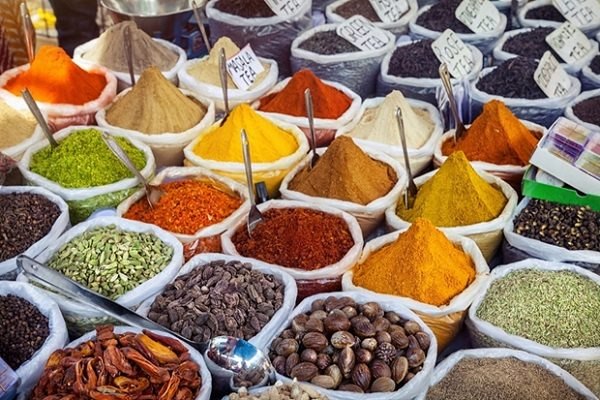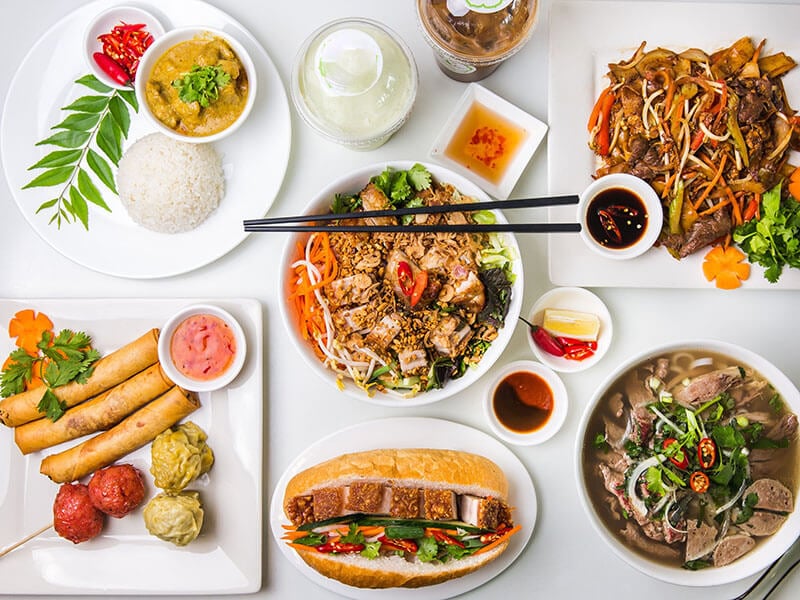November 27, 2025 | 19:10 GMT +7
November 27, 2025 | 19:10 GMT +7
Hotline: 0913.378.918
November 27, 2025 | 19:10 GMT +7
Hotline: 0913.378.918
Under basic assumptions on the main driver of food demand for agricultural commodities, population growth will continue to be the main factor shaping global food demand, mainly driven by the growing consumer demands in Sub-Saharan Africa, India and the Near East and North Africa regions.
Forecasts for global growth in food and fish consumption are mainly determined by population growth, while growth in consumption of higher-value products, especially fresh milk, meat and sugar will be to a large extent, driven by consumption growth based on income per capita.
However, demographic and economic projections show that global consumption of agricultural commodities, excluding sugar, will further decline in the period 2023 - 2032 compared to the previous ten-year period.
Due to the growth of the global population as well as the increase in per capita income in all regions, the total consumption of food items mentioned in the period 2023 - 2032 is expected to increase by 15%. Overall, Asia will continue to play the most important role in shaping global food demand, as mentioned in the Agricultural Outlook 2023 - 2032.
The expected population growth in India as well as the significant growth in per capita income in both India and China will contribute significantly to the growth in the consumption of all kinds of food items. And as food is a prime source of calories, food consumption rate is expected to increase by 4% and only account for just over half of total global food consumption by 2032.
Since the demand for food is mainly driven by population growth, the consumption of staple food will take place mainly in regions with the highest population growth rates, mostly in Asia (led by India), Sub-Saharan Africa, the Near East and North Africa.

India holds the highest consumption rate of spices and grains. Photo: TL.
The global demand for cereals in general is forecast to slow down in the next ten years. Furthermore, in many countries, per capita food consumption is approaching saturation. Particularly in North America and Western Europe, per capita use of cereals is expected to stagnate, or even decline due to low population growth and consumer preferences moving away from essential commodities.
Global consumption of higher-value foods will primarily expand in response to rising incomes in emerging economies and markets in Asia. Nearly half of the increasing consumption rate may stem from higher demand for meat and fish in China. India will account for most of the growth in the consumption of fresh dairy products and an additional portion of the consumption of vegetable oils and sugars.
In North America and Europe, rising incomes will reduce demand for staple foods, especially cereals, and thus facilitate a shift in consumption trend toward foods with higher nutritional value specifically those rich in micronutrients such as fruits, vegetables, kernels and nuts.
Consumption projections reflect different developments in per capita income and impact on food consumption patterns. As incomes increase, consumption of different food groups tends to increase rapidly, resulting in higher total calories consumed. In high-income countries, per capita consumption of most food items is expected to level off due to saturation. Per capita consumption of sweeteners and fats is expected to decline as a result of growing health concerns and policy measures that discourage the consumption of these foods.
In middle-income countries, diets tend to follow the pattern of high-income countries, with consumption of animal products expected to increase at a rapid rate. Meanwhile, low-income countries have largely gravitated toward the calorie-rich pattern, having low growth rates in terms of consumption of animal products and higher-value foods (eg fruits and vegetables).

Consumption of sweeteners and fats in high-income countries tends to decrease. Photo: TL.
The share of household disposable income spent on food is expected to continue to decline across all regions, with emerging economies in Asia potentially experiencing the largest decline. Average expenditure on food is projected to fall to 10% of total household expenditure in developed countries and East Asia by 2032; from 14% - 17% in 2020 - 2022 to 12% in 2032 in South Asia and Southeast Asia.
Sub-Saharan Africa is expecting a similar development, but the region may still have the highest share of household food expenditure, at 18% by 2032. In the case of less developed countries, the share of household food expenditure remains high, reflecting the vulnerability of households to shocks in income and food prices, particularly in the most food-insecure countries.
Translated by Samuel Pham

(VAN) According to Mr. Vo Minh Thanh, Director of the Tay Ninh Department of Agriculture and Environment, Resolution 57 has created a new development pathway for the locality, shifting from traditional toward modern agriculture.
/2025/11/26/4909-2-154329_878.jpg)
(VAN) Pearl grouper farming in HDPE cages not only delivers economic efficiency but also contributes to protecting the environment, creating jobs, and promoting marine-based experiential tourism.

(VAN) The model of making a living under the forest canopy through the agroforestry system in Van Son commune, Bac Ninh province, is expected to generate an annual income of approximately VND 30 million/ha.

(VAN) Many enterprises in Can Tho are harnessing natural energy and reducing greenhouse gas emissions in their production processes, thereby contributing to the promotion of a sustainable green transition.
/2025/11/24/3536-2-112800_176.jpg)
(VAN) Dong Nai now has tens of thousands of hectares of forests certified for sustainable management, and this area will continue to be expanded in the coming period.

(VAN) Vinh Ha hamlet (Dai Xuyen commune, Hanoi) is shifting away from small-scale farming as households adopt bioscurity into their breeder chicken models.

(VAN) Heavy rains make aquatic species more vulnerable to disease. Proactive water management and high-tech systems help farmers prevent outbreaks and protect yields.